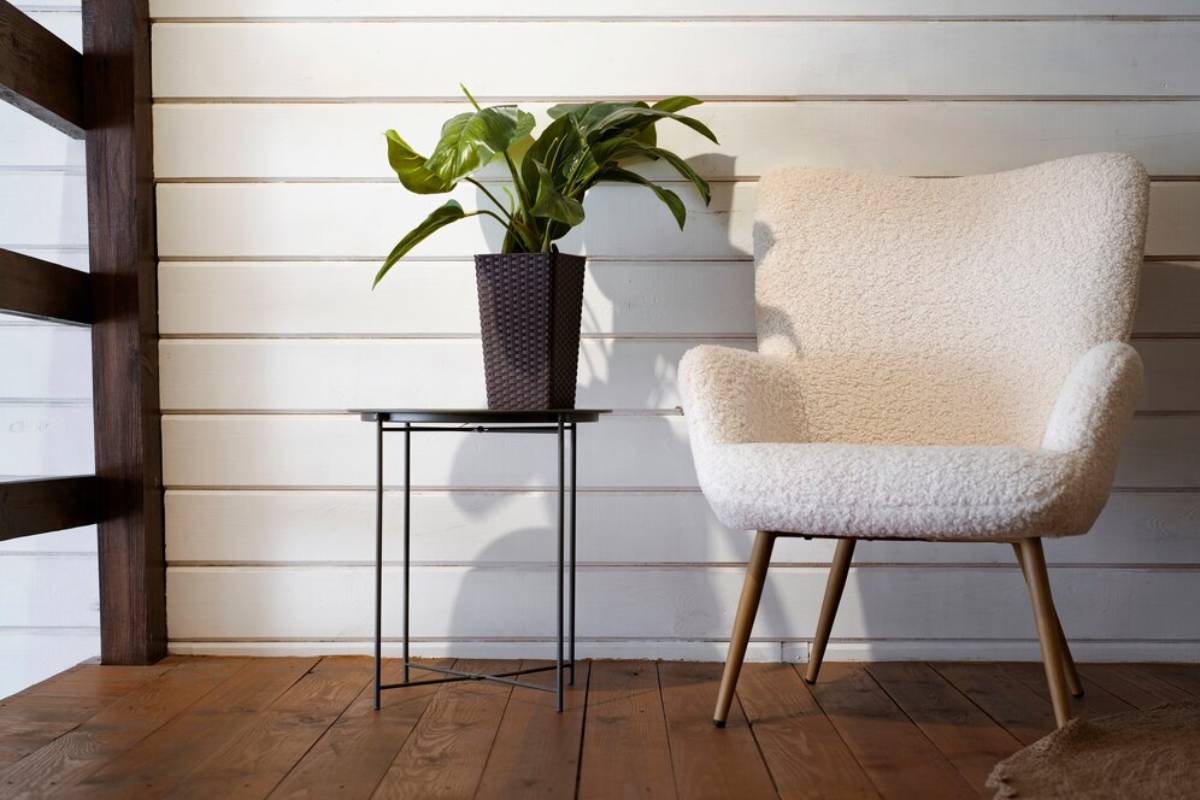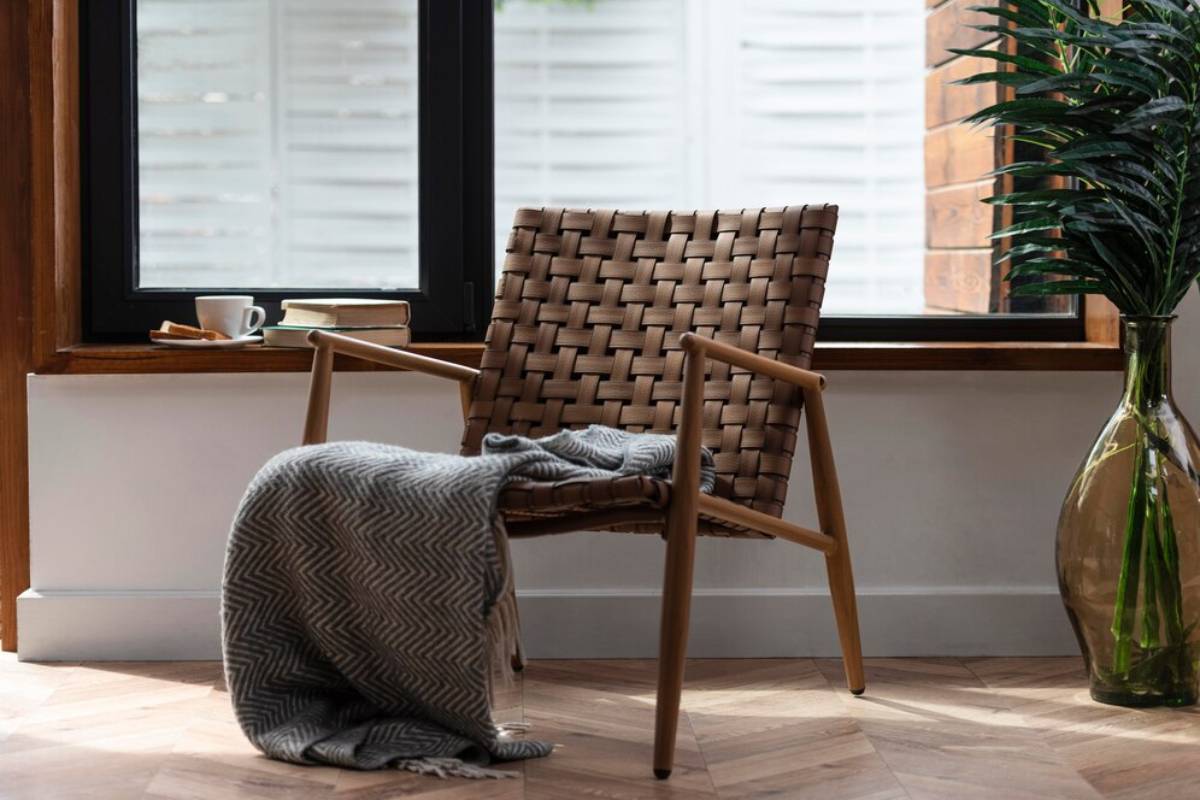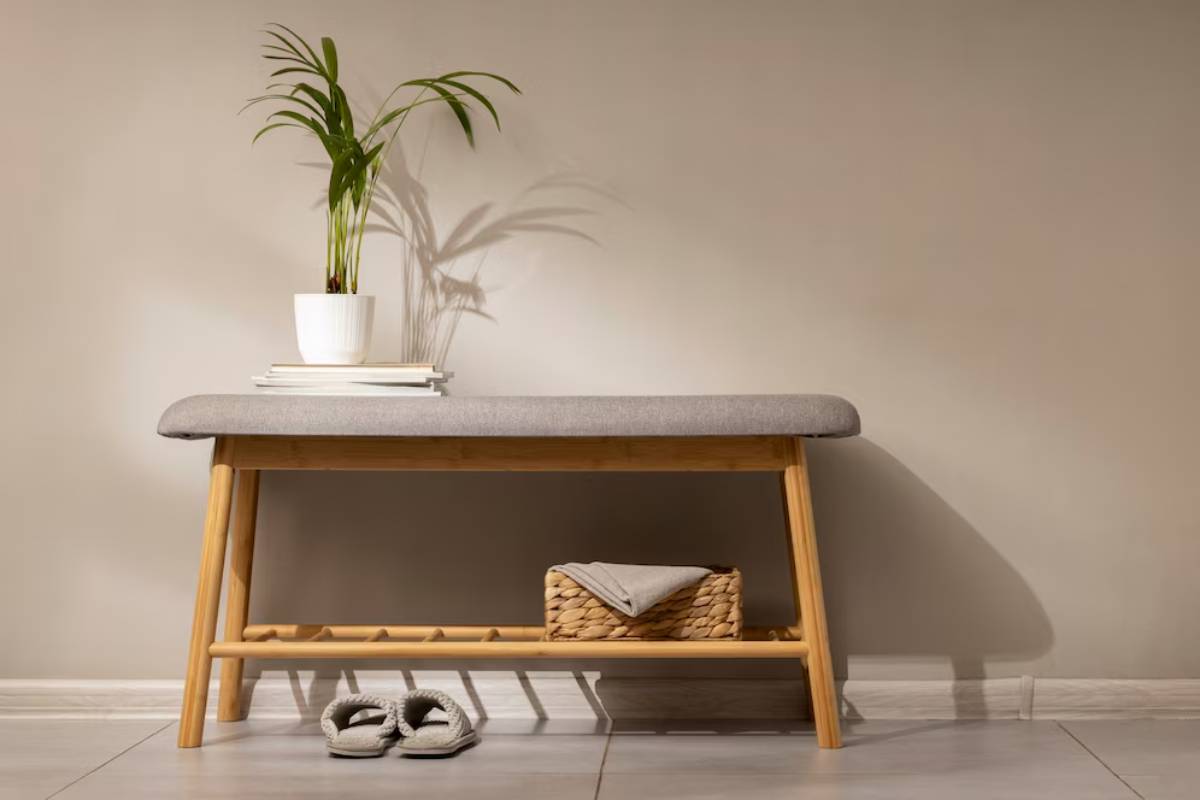
How to Combine Function and Aesthetics in Scandinavian Design
Scandinavian design is celebrated for its rare harmony between form and function—where every item is not only beautiful but deeply purposeful.
Our team found that Nordic interiors consistently achieve the ideal balance: uncluttered yet cosy, minimal yet warm, aesthetic yet entirely livable. Rooted in the philosophies of simplicity, nature, and functionality, Scandinavian design isn’t just a style—it’s a way of life.
This guide will walk you through how to combine functionality with aesthetic appeal in your home, using time-tested Scandinavian design principles. Whether you’re renovating a flat or simply updating your décor, these techniques will help you create a space that’s as practical as it is peaceful.
Pro Tip: If something isn’t useful or beautiful, it doesn’t belong. Scandinavian design doesn’t allow for visual or functional excess.
Quick Guide: Combining Functionality and Aesthetics in Nordic Interiors
- Prioritise clean lines and simplicity in furniture and layout.
- Choose neutral, calming colours inspired by nature.
- Opt for multi-purpose furniture that saves space.
- Use natural materials for texture and warmth.
- Keep accessories minimal but intentional.
- Let in light and make the most of windows.
- Design for comfort—visually and physically.
Important: Every item in a Scandinavian interior should serve a clear purpose—whether that’s practical, visual, or emotional.
The Philosophy Behind Scandinavian Design
The foundation of Nordic interiors lies in “lagom”—a Swedish concept meaning “just the right amount.” This philosophy encourages balance and restraint, avoiding excess without sacrificing comfort.
Core Scandinavian values reflected in interior design include:
- Functionality: Everything should serve a purpose.
- Simplicity: Design should be stripped of unnecessary detail.
- Nature: Interiors often mimic the calm and colours of the Nordic landscape.
- Wellbeing: Homes are designed to support calm, productivity, and happiness.
This approach yields interiors that feel light, fresh, and effortlessly livable.
Step 1: Start With a Minimal, Functional Layout
Scandinavian interiors are known for their open-plan layouts and efficient use of space. Think airiness, flow, and freedom to move.
How to Apply It:
- Use multi-functional furniture (e.g. storage ottomans, sofa beds, nesting tables)
- Create clear sight lines and avoid visual clutter
- Embrace negative space—don’t feel the need to fill every corner
- Position furniture for natural light and easy movement
Function tip: Before adding anything, ask: Does this item solve a real problem or elevate how I use this space?
Step 2: Choose a Nature-Inspired Colour Palette

The Scandinavian palette reflects its environment—soft whites, earthy browns, muted blues, and pale greys evoke the outdoors and change with the seasons.
Colour Tips:
- Whites and greys form the neutral base
- Add subtle earth tones—warm beige, clay, ochre, or muted green
- Use black sparingly for contrast and definition
- Keep bold colours limited to small accents
Aesthetic tip: Use colour to create serenity, not stimulation.
Step 3: Invest in Timeless, Multi-Functional Furniture
Nordic furniture is known for its clean lines, honesty of materials, and attention to craft. It’s as much about how a piece feels and functions as how it looks.
Look for:
- Slim silhouettes with no ornate details
- Natural wood finishes like ash, birch, or oak
- Convertible furniture for smaller living spaces
- Built-in storage in benches, beds, or coffee tables
Function tip: Furniture should adapt to your life—not the other way around.
Step 4: Embrace Natural Materials and Textures
Texture adds visual warmth and tactile comfort to an otherwise minimal space. The key is to balance smooth finishes with soft, earthy materials.
Recommended Materials:
- Wool throws, linen curtains, sheepskin rugs
- Clay or ceramic pottery for organic shapes
- Raw wood, stone, or rattan for grounding tones
- Leather accents for added depth and contrast
Aesthetic tip: Mix textures, not colours, for variation without visual noise.
Step 5: Curate, Don’t Decorate
Scandinavian spaces are never crowded with décor—but that doesn’t mean they’re cold or empty. Instead, they showcase a few meaningful objects with intention.
Curation Guidelines:
- Limit each surface to 1–2 items
- Choose artisan or hand-crafted pieces for uniqueness
- Highlight books, candles, or natural elements like branches or dried flowers
- Group items in odd numbers for organic balance
Aesthetic tip: If it doesn’t tell a story, it probably doesn’t need to be there.
Step 6: Let in Natural Light and Keep Window Treatments Minimal
In the Nordic regions, daylight is precious—so interiors are designed to maximise it.
Light Maximising Tips:
- Use sheer curtains or no curtains at all
- Hang mirrors opposite windows to bounce light
- Keep window sills clear of clutter
- Choose low-sheen finishes to reflect, not absorb, daylight
Function tip: Good lighting makes spaces feel larger, cleaner, and more welcoming.
Step 7: Design for Daily Comfort and Ritual
Functional design doesn’t mean clinical. Scandinavian interiors are designed to support real life—from slow mornings with coffee to curling up with a book in the evening.
Comfort-Driven Details:
- Soft blankets and layered bedding
- Reading corners with good lighting and ergonomic chairs
- Open shelves for daily-use items like teapots, cups, or linens
- Hooks and baskets to keep necessities organised but accessible
Aesthetic tip: Comfort is beautiful—never underestimate the visual appeal of a well-lived space.
Step 8: Integrate Greenery and Organic Shapes
While Scandinavian homes are minimal, they’re rarely sterile. Plants and organic forms bring the softness and life needed to balance simplicity.
Tips:
- Choose easy-care indoor plants like snake plants, rubber trees, or pothos
- Use unglazed planters or baskets to stay in the natural materials palette
- Mix rounded shapes with angular furniture for contrast
Function tip: Plants improve air quality, reduce stress, and visually soften minimalist interiors.
Tools and Brands That Support Scandinavian Design
| Task | Recommended Tools/Brands |
| Furniture | IKEA, Muuto, HAY, Ferm Living, Normann Copenhagen |
| Lighting | Gubi, Louis Poulsen, Menu |
| Textiles | Tekla, Lapuan Kankurit, Marimekko |
| Decor | Skagerak, Vitra, Bloomingville |
| Paint & Finishes | Farrow & Ball (for muted tones), Jotun Lady |
Whether you’re starting from scratch or adding Nordic elements to an existing space, these sources offer both style and substance.
Warning: Scandinavian design isn’t about copying trends. Avoid mass-produced “Scandi” lookalikes that prioritise aesthetics over quality. Authenticity lies in intention, not replication.
Frequently Asked Questions

1. Can small spaces still follow Scandinavian design principles?
Absolutely. In fact, Scandinavian design was born in small, cold-climate homes. The minimalist approach and smart storage solutions are perfect for compact living.
2. Is Scandinavian design only for neutral lovers?
While it favours a neutral base, you can incorporate muted colours and textures. The goal is harmony, not restriction.
3. How can I add warmth without clutter?
Use soft lighting, warm textiles, and natural materials. A wool throw or a wooden bowl adds depth without disrupting the clean lines.
4. Are all Scandinavian homes minimalist?
Not strictly. While minimalism is a strong influence, many Nordic homes blend personal touches, books, art, and vintage finds into the design.
5. What’s the difference between Scandinavian and minimalist design?
Scandinavian design embraces minimalism but adds warmth, tactility, and nature. Minimalism can be colder and more rigid, while Nordic style is soft and human-centred.
Live Beautifully, Live Simply
Scandinavian design proves that beauty and practicality can coexist without compromise. With its deep respect for nature, clean aesthetics, and thoughtful simplicity, it creates homes that feel as good as they look.
By balancing function with form, curating instead of decorating, and prioritising comfort as much as clarity, you’ll build a space that invites calm and inspires daily joy.
Scandi living isn’t just a design choice—it’s a lifestyle. One where less becomes more, and every element has a purpose.


